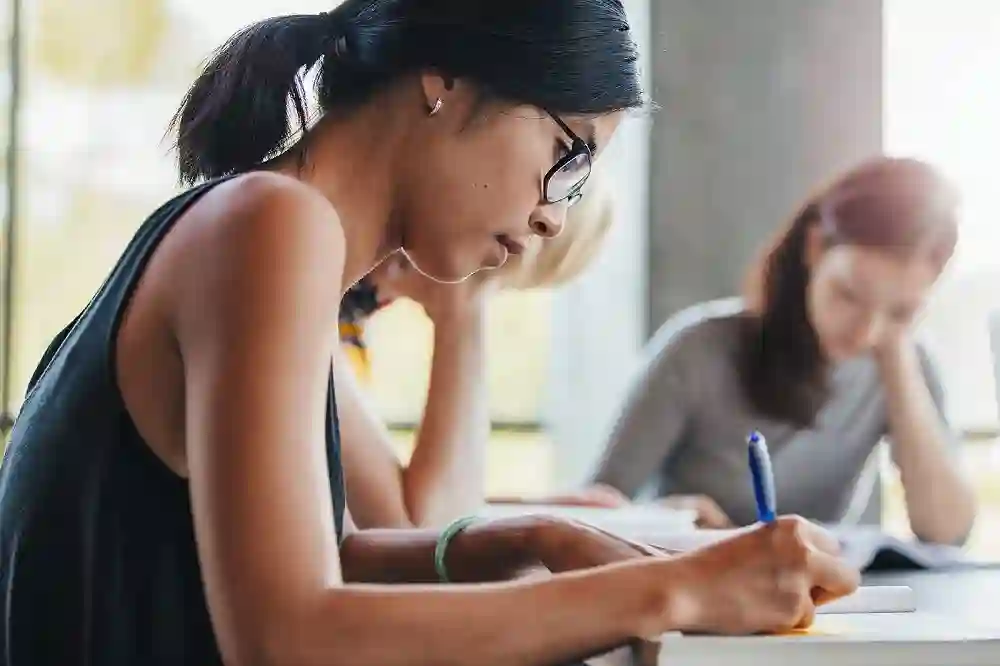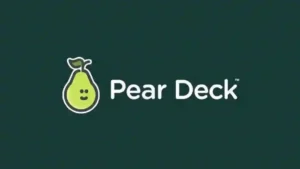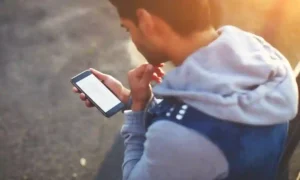How Blended Learning Can Benefit Students and Teachers

Education is weird right now. Half the class is on TikTok, the other half forgot their homework at home (or “uploaded it to the wrong folder”—sure, Kevin). Teachers are burnt out. Students are overwhelmed. And somewhere in this mess, Blended Learning showed up like a confused but well-meaning substitute teacher, trying to fix everything with tech.
I learned about Blended Learning the hard way—watching my little cousin take an entire online math test while also playing Minecraft. Did she pass? Barely. Did she somehow build a virtual castle while failing pre-algebra? Absolutely.
Anyway, let’s talk about why Blended Learning is actually a game-changer (even if some kids use it as an excuse to Google the answers mid-quiz).
What the Heck is Blended Learning?
Short version? It’s a mix. A little bit of in-person teaching, a little bit of online learning, and (hopefully) a lot of engagement. Think of it like a peanut butter and jelly sandwich—the best parts of both worlds, combined into something better. Unless you’re allergic to peanuts. In that case, imagine it as… avocado toast?
Blended Learning in Action
- Videos, podcasts, & memes – Because Gen Z learns best through content they can screenshot.
- Self-paced lessons – If you need to rewatch a lecture three times (or, let’s be honest, take a nap in between), you can.
- Teacher support – Still need help? Teachers are there, but now they have digital tools to track your progress instead of just guessing who’s struggling.
- Less “busy work” – Because nobody likes worksheets that exist just to kill time.
Now, does it fix every problem in education? Nope. But it sure helps.
Why Students Actually Benefit from Blended Learning
Let’s be real—most students don’t love school. But Blended Learning makes it suck less. Here’s why:
1. You Can Learn at Your Own Pace (Finally)
Not everyone absorbs information at lightning speed. Some of us need to hear things twice (or five times, with a snack break in between). Blended Learning lets students move at a speed that makes sense for them. No more panicking because the teacher erased the board too fast.
2. It’s Not Just Textbooks and Lectures Anymore
Remember when teachers made you read 30 pages of a textbook, and then, surprise!—pop quiz? Blended Learning swaps out some of that pain for videos, animations, and interactive lessons. Suddenly, history isn’t just “a bunch of dates”—it’s a cool reenactment narrated by someone who sounds like your favorite YouTuber.
3. Learning Feels Less Like a Chore
I once fell asleep on my biology textbook. Drooled on it, too. Not my finest moment. But with Blended Learning, students don’t have to just sit through lectures. They can engage with content in different ways—quizzes, discussions, even educational games (yes, Minecraft can count as “learning” if you squint hard enough).
4. It Prepares You for the Real World (Sort of)
Remote work? Online meetings? Managing your own deadlines? Yeah, Blended Learning sneaks those real-life skills into your education, so when you get to your first job, you won’t be completely lost. Unlike me, who once forgot to unmute myself for an entire Zoom presentation.
Why Teachers (Kind of) Love Blended Learning Too
Not to be dramatic, but teachers are superheroes. And Blended Learning? It’s like giving them an extra superpower.
1. Less Time Grading, More Time Teaching
Teachers already have enough on their plates. Blended Learning automates some of the grading, so they can focus on, you know, actually teaching instead of drowning in piles of paper.
2. They Can Track Student Progress Without Guessing
Back in the day, teachers had to rely on blank stares to figure out if students were confused. Now, with digital tools, they can see exactly who’s struggling and help before it’s too late.
3. It Keeps Students (Somewhat) Engaged
Sure, not every student is going to love learning, but Blended Learning gives them more ways to participate. And sometimes, all it takes is an interactive lesson or a group discussion on Zoom to pull a quiet kid out of their shell.
4. Teachers Can Keep Learning Too
Fun fact: Even teachers keep learning. And with Blended Learning, they can take online courses, attend virtual workshops, or just swap ideas with other teachers without sitting through another three-hour faculty meeting.
The Different “Flavors” of Blended Learning
Not all Blended Learning models are the same. Some schools use a mix of online and in-person teaching every day, while others let students take online courses at their own pace. Here’s a quick breakdown:
- Rotation Model – Students switch between online and in-person learning like a well-planned game of musical chairs.
- Flex Model – Online learning is the main event, with teachers stepping in when needed.
- A La Carte Model – Some classes online, some in person. Basically, a “pick-your-own-adventure” education.
- Enriched Virtual Model – Mostly online, but with occasional in-person check-ins to make sure students haven’t disappeared into the void.
Okay, But What Are the Challenges?
Not everything about Blended Learning is sunshine and rainbows. Some hurdles still need jumping:
- Tech issues – Because Wi-Fi is never reliable when you actually need it.
- Not everyone has access to a laptop – Schools need to step up and provide resources for students who don’t have the right tech.
- Self-motivation struggles – Learning at your own pace is great… until procrastination kicks in.
- Teachers have to adapt – Not every teacher was born tech-savvy, and let’s be honest, some still struggle with unmuting on Zoom.
The Future of Blended Learning (Spoiler: It’s Not Going Anywhere)
Blended Learning isn’t just a trend—it’s the future. Schools are adopting it. Teachers are learning to love it. And students? Well, they’re realizing that education can actually be… interesting.
Fast forward five years, and we’ll probably have AI-powered tutors, VR classrooms, and holographic teachers who never lose their patience. (Or, at the very least, an education system that doesn’t rely on photocopied worksheets from 1997.)
Final Thoughts (Before I Forget My Train of Thought)
If you made it this far, congrats—you’ve officially learned more about Blended Learning than most school administrators. Is it perfect? Nope. But it’s making education better, little by little.
And hey, if it means fewer boring lectures and more interactive lessons, I’m all for it.







